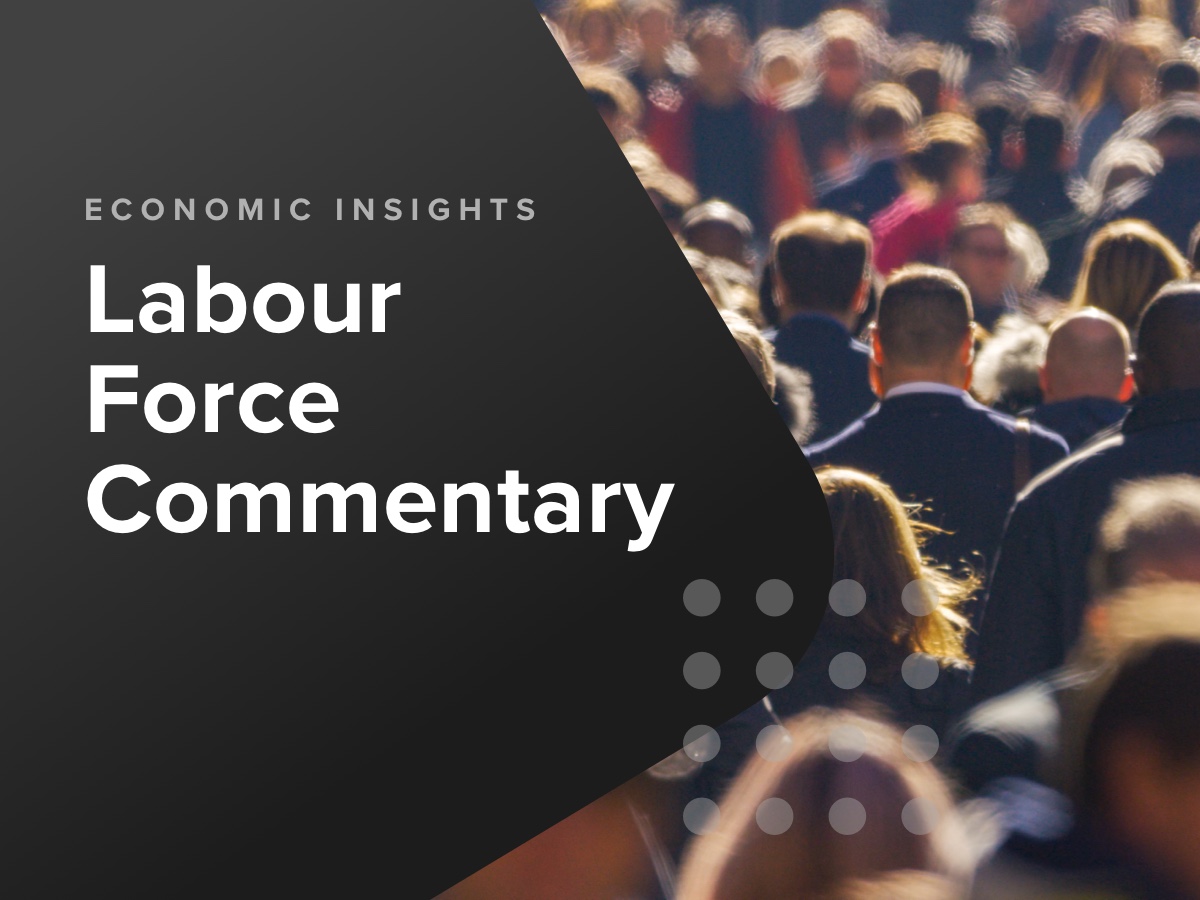
The term ‘recession’ has typically described two consecutive quarters of negative Gross Domestic Product (GDP) growth, although other metrics may be applied by economists. It is denotes a downturn in economic conditions and activity for a particular region or country. It is widely accepted that a recession correlates to increased unemployment, decreased output, and economic hardship for the general population.
What does the term recession mean?
There is no set recession definition within the international community. Within the media, it is generally understood that the use of the phrase ‘technical recession’ describes two consecutive quarters (three month periods) of negative growth in Gross Domestic Product for a country or state.
However, economists have sought to apply additional metrics and factors, including retail sales, payroll data, unemployment rates and capital growth in order to form a more detailed understanding of recession. For those wondering “are we in recession?”, you should always refer to official information released by institutions such as the Australian Bureau of Statistics (ABS) and Reserve Bank of Australia (RBA) in order to effectively gauge this.
Are there any disadvantages to using GDP growth to describe recession?
Economists sometimes describe the sole use of Gross Domestic Product growth as a clunky method of understanding a true downturn in economic activity. Instances have been noted where GDP growth was meagrely positive, however households were still facing a sustained increase in economic hardship. Gross Domestic Product components are volatile, and the data can be revised overtime with negative growth declarations sometimes overturned. The factors that have been regularly analysed to indicate a recession have been developed over time to overcome these shortfalls.
Are there any variations in the definition of recession?
Interestingly, the National Bureau of Economic Research (NBER) in the USA has taken a different approach to its assessment and declaration of economic recession, referring to it as “the period between a peak of economic activity and its subsequent trough, or lowest point”, emphasising that there needs to be a significant decline, spreading across an economy for a number of months.
Once the curve has bottomed out, the economy is in ‘expansion’ again, although it may take a significant amount of time to return to its previous peak. Under this definition, while a period of recession may also see negative Gross Domestic Product growth, it does not require it to be declared.
This shift in definition has some implications. For example, following a peak of economic activity in the United States, in February 2020, the NBER Business Cycle Dating Community indicated that the subsequent economic downturn was so sharp and diffused throughout the economy that a US recession should be declared, even if it only lasted briefly.
What happens in a recession?
A recession is often only declared after it has already happened. This is because the data that is used to determine it is retrospective (referring to events that have already passed). While the factors that imply recession may vary from one analyst to another, there are some commonly agreed upon characteristics:
- Economic downturn – When a recession is declared, you can assume that economic activity has slowed for a sustained period. Trading volume for businesses has decreased and revenues have correspondingly dropped. While there will always naturally be peaks and valleys within the business cycle, informed by price swings and trading conditions, a recession indicates that the downswing just experienced is more severe than usual. Consequently, recession often results in increased instances of insolvency and personal bankruptcy.
- Increased unemployment – With a decrease in trading activity, recession is typically understood to accompany an increase in the official unemployment rate.
- Increased hardship – Economists often refer to persistent downturns in household spending, savings and financial security when describing the characteristics of a recession. If these conditions are sustained for a severe amount of time, then the period may be re-termed a ‘depression’.
What are the most common predictors of recession?
There is no set predictor of an incoming recession for an economy, especially considering the factors justifying its declaration can change from one institution to the next. A classic indicator would be a slowing of economic growth, even if it remains positive. However, in research conducted by the National Bureau of Economic Research, which analysed the last ten recessions in the USA, they noted that: “The yield spread dips before each recession period and turns negative for all but one, including the recession beginning in 2007”.
The yield spread and corresponding yield curve describe the variance in returns from debt instruments, such as treasury bonds, with equal credit but different maturity periods. If there is a downturn, or negative, trend in the yield curve it can be an indicator that investors expect a lowering of interest rates and downturn in activity. It is more commonly used to predict American recession than its occurrence in Europe, where there is a less consistent relationship between the two, although there remains some coincidence in the data.
Some economists have suggested that yield curve data could be combined with other metrics such as the changes in the short term policy rate, as opposed to growth, to predict recession. The short term policy interest rate refers to the interest applied to short-term government paper (bills etc.) issued on the market.
When has Australia been in recession or depression and how frequent are they?
According to the Reserve Bank of Australia (RBA), Australia has witnessed a recession or depression six times since the 1890s. Averaging that out would suggest an incidence of one major economic downturn approximately every 22 years. However, a smaller sample size from recent decades (70s onwards) indicates that the frequency may be increasing.
1890s Depression
At the end of a resource and property peak, investors withdrew from Australia before it had developed its own currency, or implemented the economic infrastructure to be able to adequately absorb the hit. At the same time, wool prices collapsed, and production levels fell more rapidly than later witnessed in the Great Depression, with unemployment also rising higher. The scale of the crisis was so significant that it is said to have accelerated the process of Federation and sparked the formation of the Labor Party.
The Great Depression – 1930s
The Great Depression was felt in countries around the world throughout the early 1930’s. Triggered by the October 1929 Stock Market Crash, it was also bloated by an inexperienced US Federal Reserve and a period of global overproduction in the late 1920’s. Famously, unemployment within Australia is said to have shot up to 30% according to the Australian Year Book of 1933, although economists applying more contemporary methods have suggested that it may have peaked at 20%. The impact within Australia was less severe than in other countries, although the increase in hardship was still keenly felt.
Recession of 1974–1975
In the middle of the 1970’s there was a dramatic shift in commodity prices, most notably in the oil market. The price for oil almost quadrupled within that period, placing immense cost pressures upon a number of Australian producers, affecting their ability to maintain output and hire workers. As a result, growth contracted and unemployment shot up to above 5%. Interestingly, interest rates were maintained at high levels, peaking at 18% in a phenomenon known as ‘stagflation’.
Recession of 1982–1983
Following a period of sustained high inflation rates across the globe and at home, the Reserve Bank of Australia sought to use the levers of monetary policy to curb the price pressures being driven by high commodities such as oil. As such, interest rates increased to historic highs. With the impact on mortgages and debt the economy went into recession, as did many other countries that adopted similar measures. Within Australia, the effects were compounded by a period of drought although the economic recovery was swift once it broke.
The Recession of 1991–1992
Describe as the ‘recession that we had to have’ by then Treasurer, Paul Keating, was almost deliberately brought about by an Australian government seeking to cool off booming demand and unsustainable capital speculation and growth. The corresponding increase in interest rates was designed to inflict some short-term hardship in order to curb the spending, although it took some time for the effects to trickle through the economy. Unemployment during this time peaked at over 11%, although the recovery in the late 90’s was profound.
The COVID-19 Recession 2020
Technically speaking, for two consecutive quarters in 2020 (Dec19 – Mar20, Apr20 – Jun20) the Australian economy witnessed negative growth in GDP driven by pandemic-induced supply chain issues and disruptions, according to the Australian Bureau of Statistics. This has led a number of economists to declare that period a ‘technical recession’, although there was an immediate bounceback in the following quarter. Some even declared a GDP per capita recession earlier in 2019, as that measure had already started to trend downward. That early period in 2020 has been described by some as a global recession, as many countries experienced similar downturns.
Navigate tough conditions with CreditorWatch
If economic conditions are tightening and you feel as though there could be a chance of a downturn or recession in the near future, then now is the time to credit check your trading partners with CreditorWatch. Your cash flow is the lifeblood of your business, and can only be protected if you conduct proper due diligence and proactive debtor management.
Utilise our sophisticated Credit Reports, complete with advanced RiskScore technology, to assess the creditworthiness of trading partners in clear and understandable terms. Ensure that any changes to their critical information, such as an ASIC notice, are immediately emailed to you by our 24/7 Monitoring and Alerts. Deep-dive the financials of high-value partners with a Financial Risk Assessment and prioritise collections with the resources from CreditorWatch Collect.
With the right tools in place, you can avoid bad debt and risky businesses. Speak to our expert team today.

Get started with CreditorWatch today
Take your credit management to the next level with a 14-day free trial.

